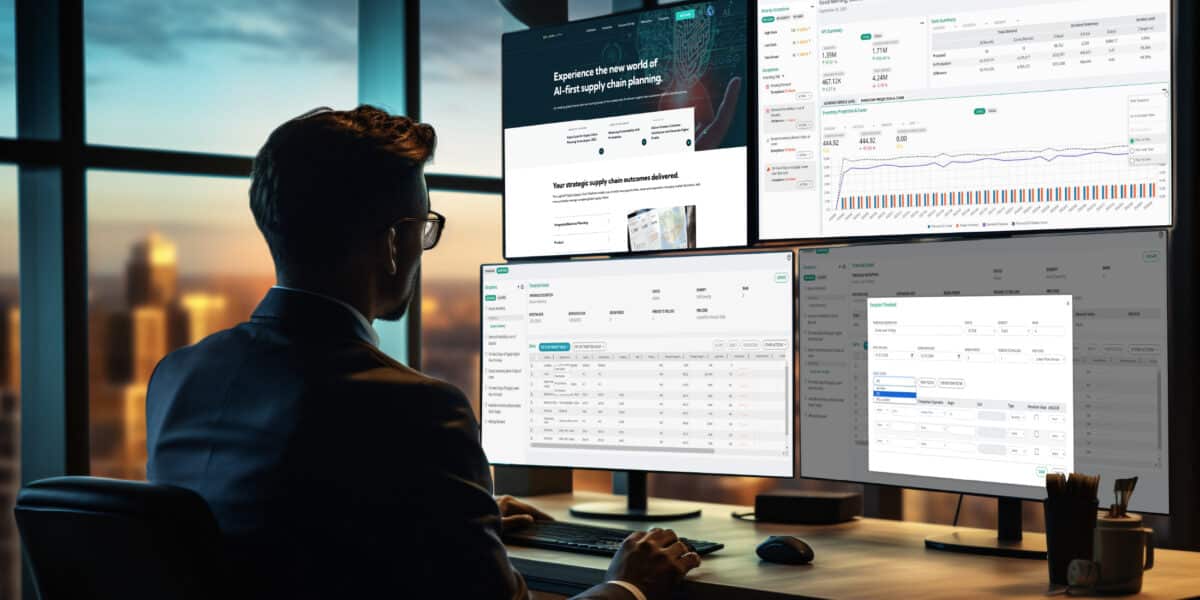
Supply chain design is no longer the “create it, set it, and walk away” exercise that it once was. The acceleration of e-commerce, impact of shortages, and ever-evolving shifts in customer demand and economic realities require a framework that is flexible enough to change under the best of conditions as well as the worst.
In his article featured on SupplyChainBrain, Steve Johanson, senior vice president and industry principal at Logility, insightfully explains why supply chains need a more fluid blueprint. “Ramses could make decisions that would stand for centuries. Henry Ford could look out decades. [In] the 1980s and 1990s, the age of corporate mergers shrank the horizon to a matter of years. [But] the 21st century has brought faster change, along with new business and technology enablers that provide supply chain leaders with assets and options that make them faster and more flexible.”
Johanson’s observation presents an interesting dilemma for most supply chain organizations. It’s true that implementing new technologies and business processes are common approaches to adapt and evolve faster to seize growth opportunities and mitigate risk. However, global businesses must go a step further – continuously reshaping the fundamental structure of their supply chains to remove profit-draining complexity and clarify insights needed to make more strategic decisions.
Companies that design their supply chains to meet current needs outperform those that don’t. An optimally designed network further reduces costs by 5% to 15%. Plus, the network’s structure alone locks in 80% of logistics costs, including the distance between suppliers and customers, number of facilities, inventory levels, and labor and lease markets.
With the changes businesses continue to experience, it makes sense that the basic framework on which a supply chain is built, updated, and operating should evolve continuously. And when you think about it, it could become one of the most strategic investments for maximizing your current and future competitiveness.
Interested in learning more about how to evolve your supply chain design? Read Steve Johanson’s blog, “Supply Chain Design: Making the Transition From Project to Process.”


